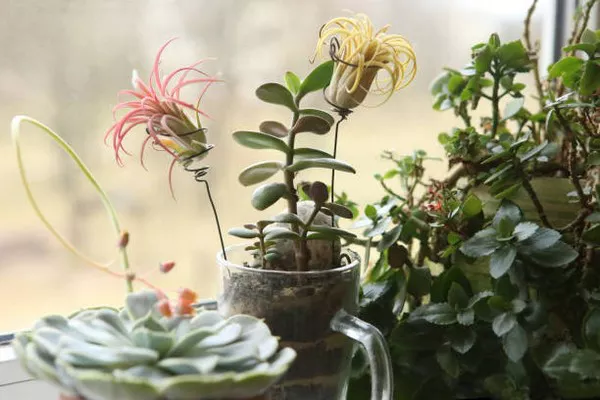Germination, the process by which a seed develops into a new plant, is a fundamental aspect of the plant life cycle. Whether you’re a seasoned gardener or a beginner with a green thumb, understanding the intricacies of germination is crucial for successful plant cultivation. In this comprehensive guide, we’ll delve into the science behind germination and explore proven methods for optimizing germination rates across a wide variety of plants.
Understanding Germination
At its core, germination involves the activation of a dormant seed, triggering the transition from dormancy to active growth. Several key factors influence the germination process, including water, temperature, oxygen, and light. Let’s explore each of these factors in detail:
1. Water: Water is essential for initiating germination as it activates enzymes within the seed that kickstart metabolic processes. During imbibition, the seed absorbs water, causing it to swell and triggering biochemical reactions that lead to germination.
2. Temperature: Optimal temperatures vary depending on the plant species, but generally fall within a specific range for germination to occur. Seeds of temperate plants often require cooler temperatures to germinate, while those of tropical plants may require warmer conditions.
3. Oxygen: Like all living organisms, seeds require oxygen to carry out metabolic processes. Adequate aeration of the germination environment is crucial to ensure oxygen availability to the developing embryo.
4. Light: While light is not always necessary for germination, it plays a crucial role in some plant species, particularly those with photoreceptive seeds. Light can stimulate or inhibit germination depending on the plant’s requirements.
Methods for Germinating Seeds
Now that we have a basic understanding of the factors influencing germination, let’s explore some tried and tested methods for germinating seeds:
1. Direct Sowing: One of the simplest methods, direct sowing involves planting seeds directly into the soil where they will germinate and grow. This method works well for seeds that are tolerant of environmental conditions and do not require special treatment.
2. Pre-Soaking: Some seeds benefit from pre-soaking before planting to help soften the seed coat and initiate the germination process. Simply immerse the seeds in water for a specified period, usually overnight, before planting them in the desired location.
3. Stratification: Many temperate plant species require a period of cold stratification to break dormancy and stimulate germination. Mimic this natural process by refrigerating seeds for several weeks before planting them in the soil.
4. Scarification: Seeds with hard seed coats may require scarification to enhance water absorption and facilitate germination. This can be achieved by gently nicking or sanding the seed coat to create small openings for water to penetrate.
5. Germination Paper Towel Method: This method involves placing seeds between damp paper towels in a sealed plastic bag, creating a moist environment conducive to germination. Monitor the seeds regularly and transplant them into soil once they have sprouted.
6. Germination Chambers: For precise control over environmental conditions, germination chambers provide an ideal setting for germinating seeds. These chambers allow for customization of temperature, humidity, and light levels to optimize germination rates.
Troubleshooting Germination Issues
Despite our best efforts, germination doesn’t always proceed as planned. Here are some common issues encountered during the germination process and tips for troubleshooting them:
1. Poor Germination Rates: If only a small percentage of seeds germinate, consider factors such as seed quality, environmental conditions, and planting depth. Adjusting these variables may improve germination rates.
2. Damping Off: Damping off is a fungal disease that affects seedlings, causing them to wilt and collapse at the soil line. To prevent damping off, ensure proper ventilation, avoid overwatering, and use sterile soil mixtures.
3. Seedling Weakness: Weak, spindly seedlings may indicate insufficient light or overcrowding. Provide adequate light and spacing to promote sturdy growth and prevent competition among seedlings.
4. Seedling Diseases: Keep an eye out for signs of disease, such as discoloration, stunted growth, or moldy patches. Practice good sanitation and avoid overwatering to reduce the risk of seedling diseases.
Conclusion
Germination is a fascinating process that lies at the heart of plant propagation. By understanding the factors influencing germination and employing appropriate methods and techniques, gardeners can maximize germination rates and ensure healthy plant growth. Whether you’re sowing seeds directly in the garden or nurturing seedlings in a controlled environment, unlocking the secrets of germination is the key to a successful gardening experience.


